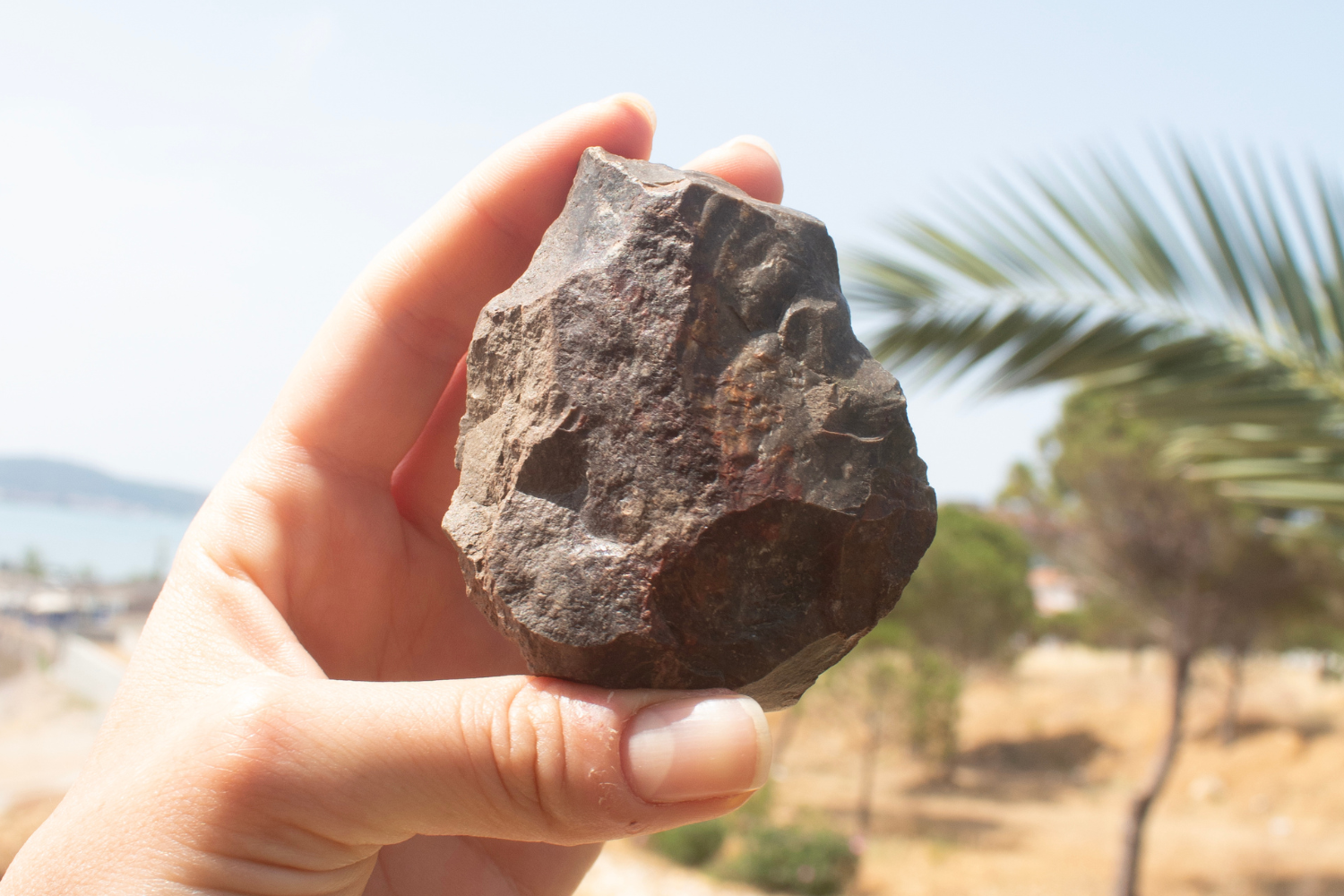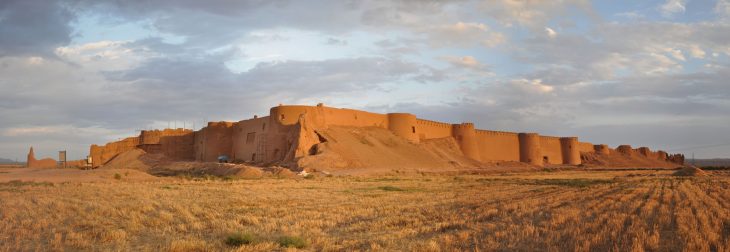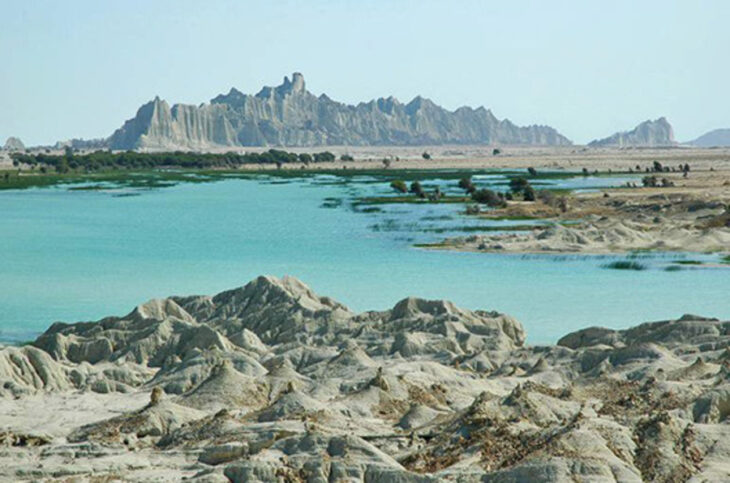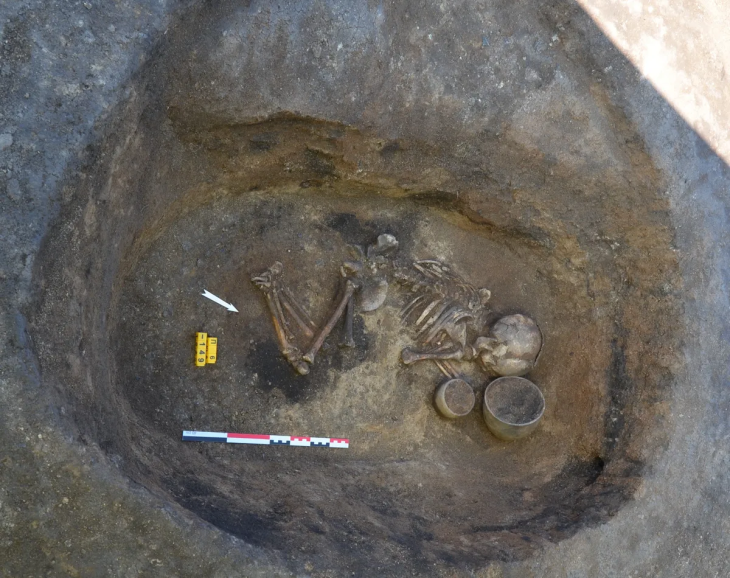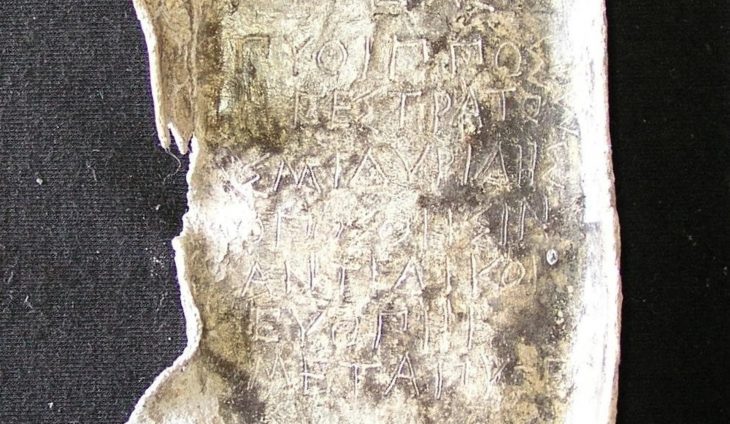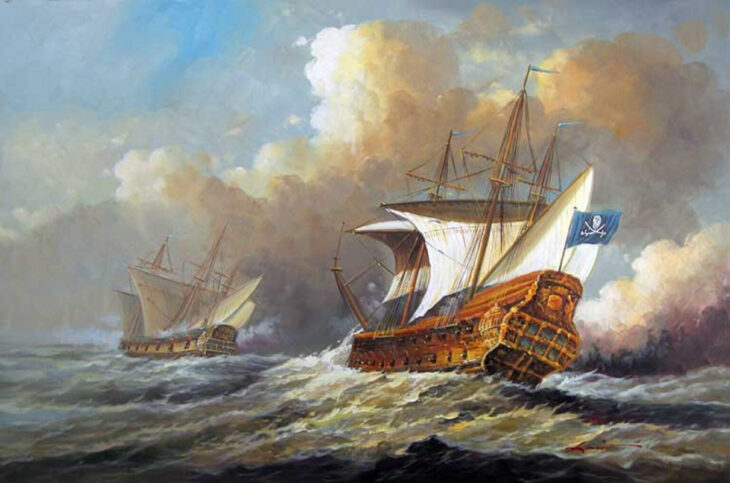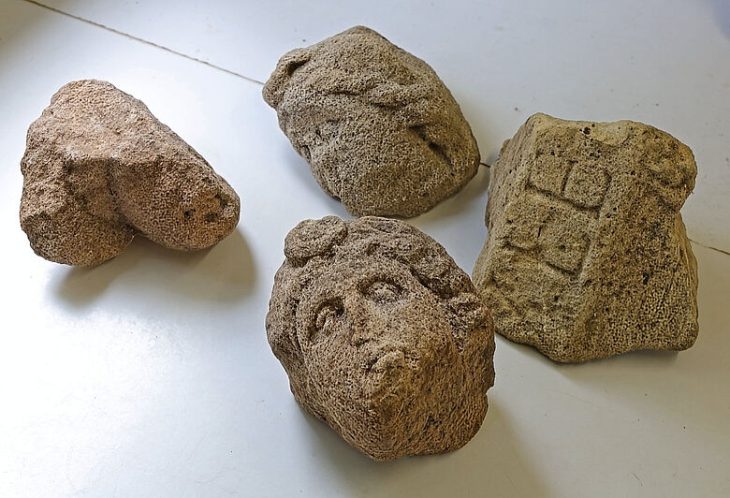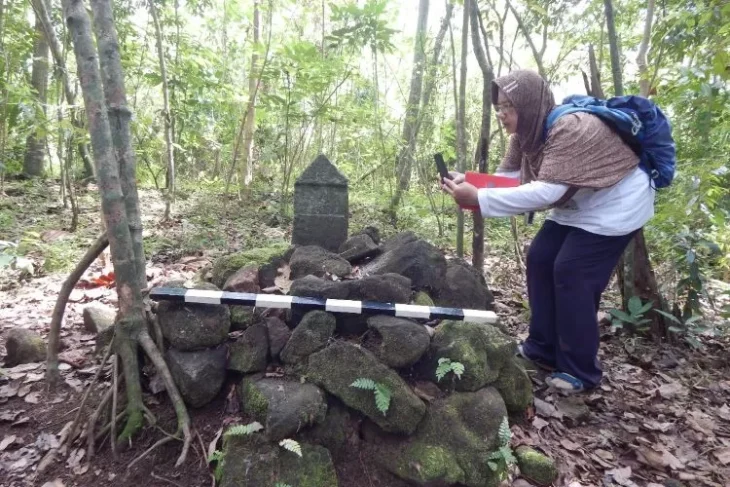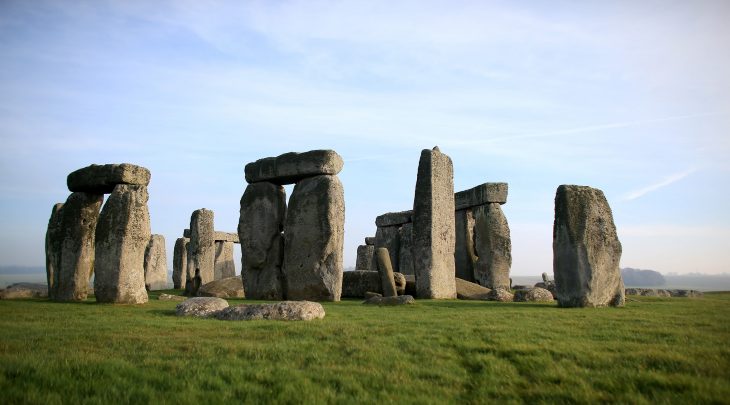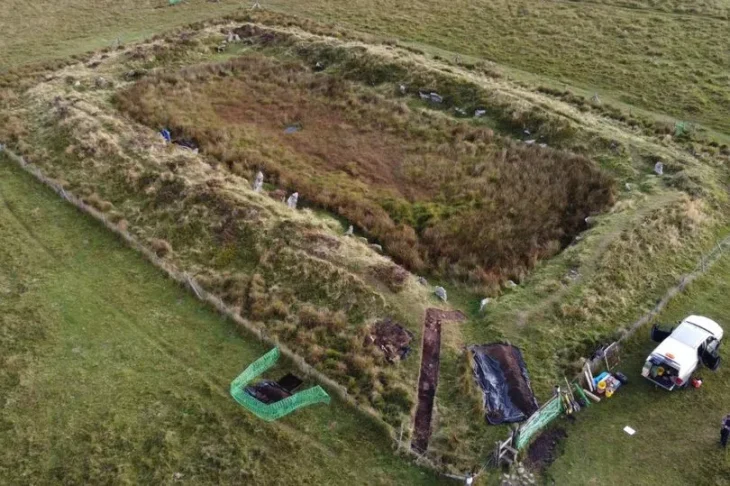A groundbreaking archaeological study has revealed that early humans may have crossed from modern-day Türkiye into mainland Europe via a now-submerged land bridge. The research, published in the Journal of Island and Coastal Archaeology, identifies the northeastern Aegean coast of Ayvalık as a previously undocumented migration route, reshaping our understanding of human dispersal into Europe.
A Landmark Discovery in Ayvalık
The team of archaeologists, led by Dr. Göknur Karahan from Hacettepe University, unearthed 138 lithic artifacts across ten sites within a 200 km² region of Ayvalık. These tools, ranging from handaxes and cleavers to sophisticated Levallois-style flakes, date back to the Paleolithic era and suggest human presence in the region hundreds of thousands of years ago.
Dr. Karahan emphasized the significance of the discovery: “Our archaeological findings reveal that Ayvalık once served as a vital land bridge for human movement during the Pleistocene era. When sea levels were much lower, the area’s islands and peninsulas were connected, creating a continuous landmass between Anatolia and Europe.”
Rethinking Human Migration Routes
For decades, researchers believed Homo sapiens primarily entered Europe through the Balkans and the Levant. However, the Ayvalık evidence suggests an alternative path across the northeastern Aegean, potentially revising one of the most fundamental narratives of early human history.
Professor Kadriye Özçelik of Ankara University, a co-author of the study, explained: “Paleogeographic reconstructions indicate that during glacial periods, the Ayvalık landscape formed part of a larger terrestrial environment. This offered early humans a direct passage into Europe and provided opportunities for interaction and exchange.”
📣 Our WhatsApp channel is now LIVE! Stay up-to-date with the latest news and updates, just click here to follow us on WhatsApp and never miss a thing!!
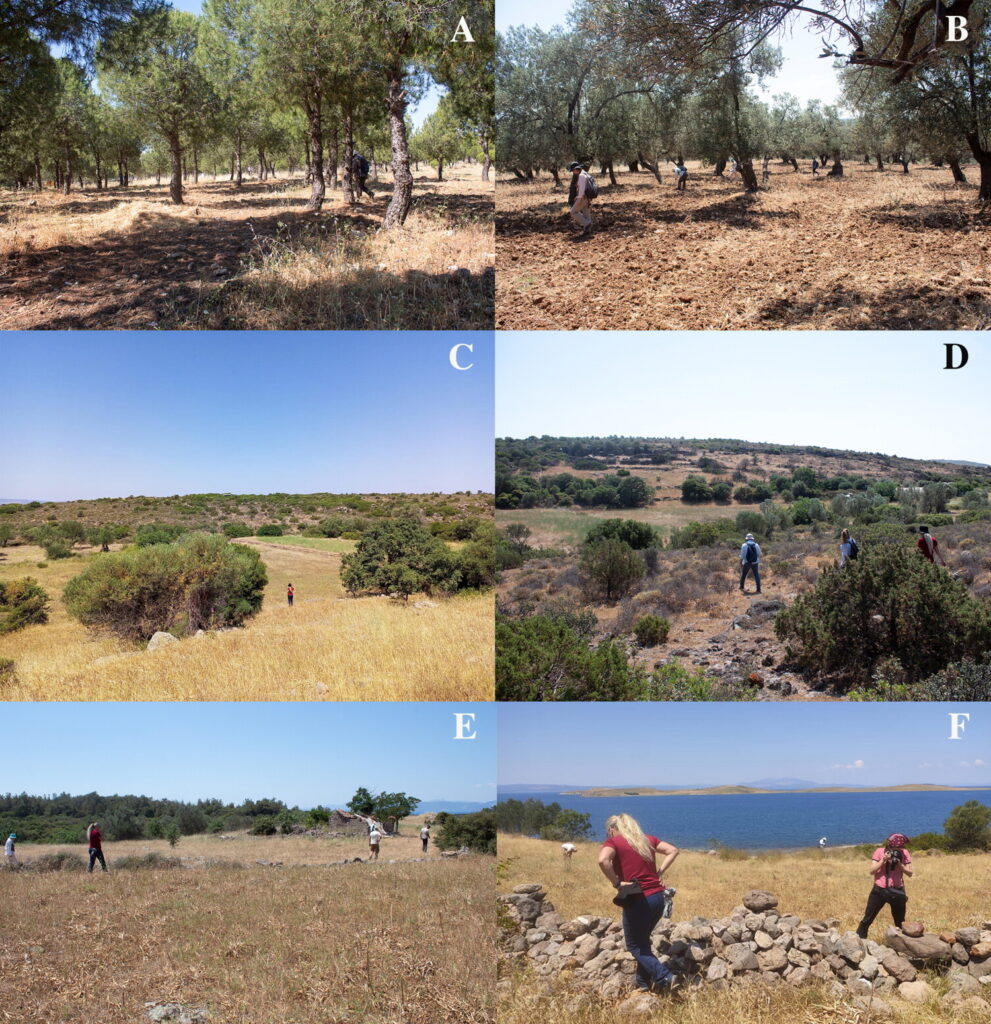
Iconic Tools, Global Connections
Among the most remarkable finds were Levallois-style flakes, a hallmark of Middle Paleolithic technology associated with both Neanderthals and early Homo sapiens. These stone tools link Ayvalık not only to Europe but also to wider technological traditions spanning Africa and Asia.
“These artefacts are iconic,” said Dr. Karahan. “Their presence in Ayvalık shows the region’s integration into global patterns of human innovation and mobility.”
The Ice Age Land Bridge
During the Ice Age, sea levels dropped more than 100 meters, exposing vast coastal plains that now lie underwater. This transformed Ayvalık’s archipelago into a broad land corridor, facilitating the movement of human groups and animals between continents.
The discovery underscores how shifting coastlines and climate-driven changes shaped human survival and migration. The artifacts found along today’s coastline provide evidence of people adapting to dynamic landscapes, using locally available flint and chalcedony to craft their tools.
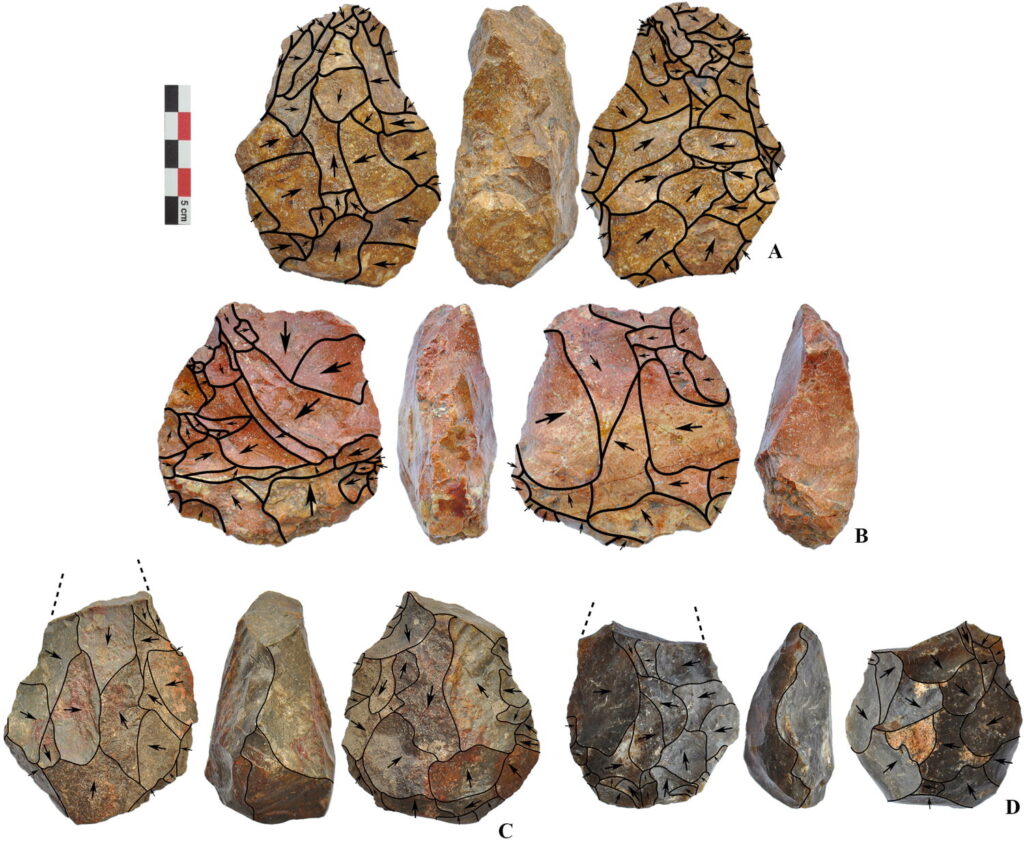
A Fully Female-Led Research Team
Another remarkable aspect of this project is its leadership. The excavation was carried out by a team of expert female archaeologists from Türkiye. Their work not only highlights Ayvalık’s Paleolithic significance but also underscores the growing role of women in shaping archaeological research and rewriting human history.
Dr. Hande Bulut from Düzce University, another co-author, stressed the broader implications: “Our findings position Ayvalık as a long-term hominin habitat, a crucial area for understanding Paleolithic technology in the eastern Aegean. It opens new debates on Aegean connectivity and technological evolution.”
Why It Matters for Prehistory
The discovery of diverse Paleolithic tools, including Levallois flakes and large cutting implements, paints a vivid picture of adaptation and innovation. The toolkit reflects not only survival strategies but also cultural connections across vast regions.
By placing Ayvalık on the prehistoric map, the study challenges scholars to reconsider the complex networks of migration that shaped Europe’s earliest populations. Instead of a single dominant route, the findings support a mosaic of pathways through which humans expanded their range.
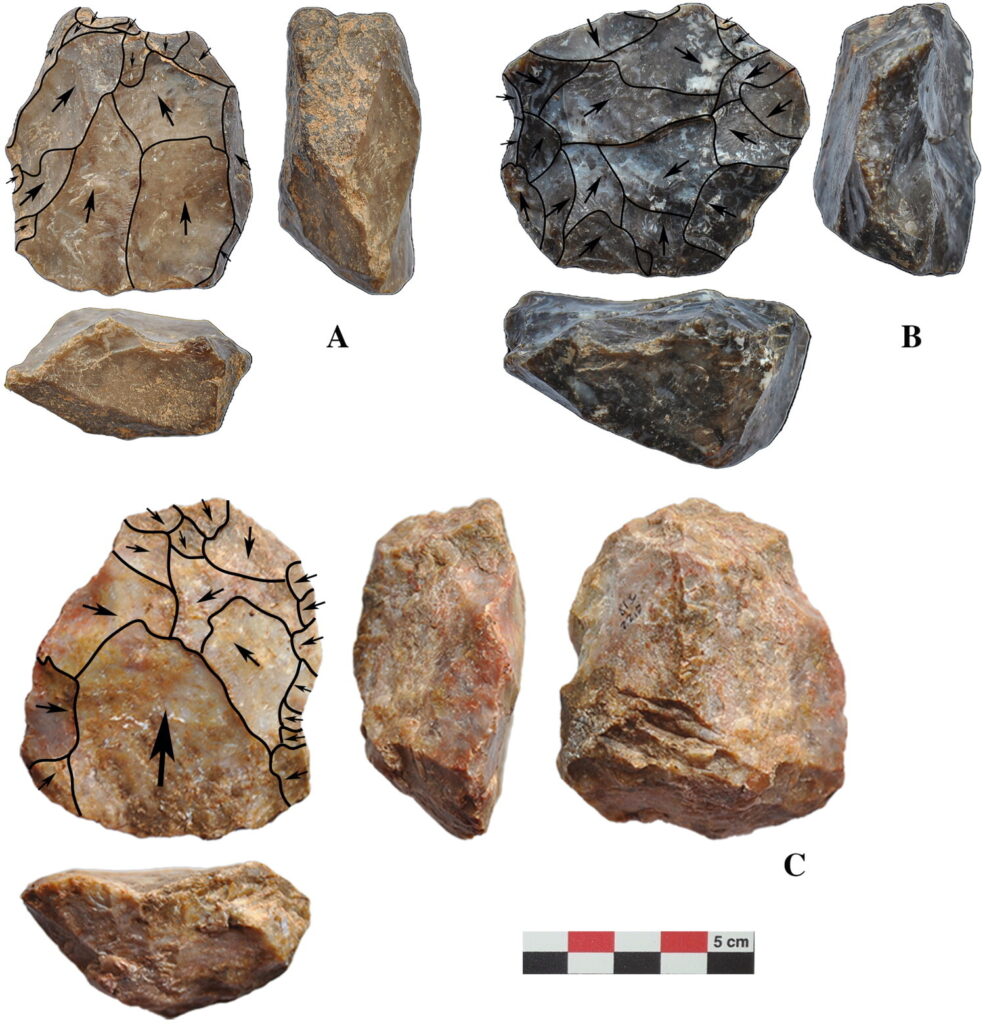
Future Research Potential
While this survey was limited to a two-week investigation in June 2022, the results exceeded expectations. The authors emphasize the need for further multidisciplinary research, including stratigraphic excavation, absolute dating, and paleoenvironmental studies, to clarify the full extent of Ayvalık’s role in human evolution.
Despite challenges posed by the region’s active geology and muddy landscapes, the team identified high-quality raw material sources for tool-making. This discovery points to Ayvalık not only as a migration corridor but also as a potential hub of technological development.
Adding a New Chapter to Human History
The implications of this research extend beyond archaeology. It redefines how we think about resilience, innovation, and mobility in the face of changing environments. It also highlights Türkiye’s pivotal role as a crossroads in human prehistory—a bridge between continents, cultures, and eras.
As Dr. Karahan concluded: “It feels like we are adding an entirely new page to the story of human dispersal. These findings will inspire future exploration and may shift the direction of Pleistocene archaeology for decades to come.”
Bulut, H., Karahan, G., & Özçelik, K. (2025). Discovering the Paleolithic Ayvalık: A Strategic Crossroads in Early Human Dispersals Between Anatolia and Europe. Journal of Island and Coastal Archaeology, 1–23. https://doi.org/10.1080/15564894.2025.2542777

